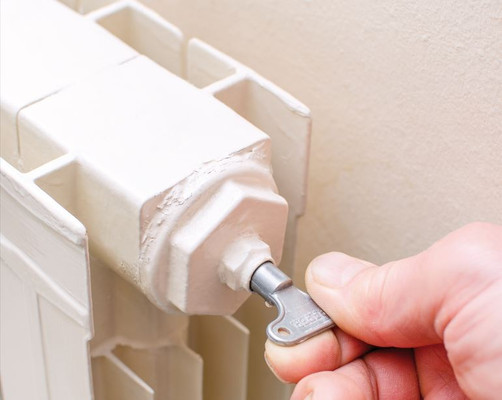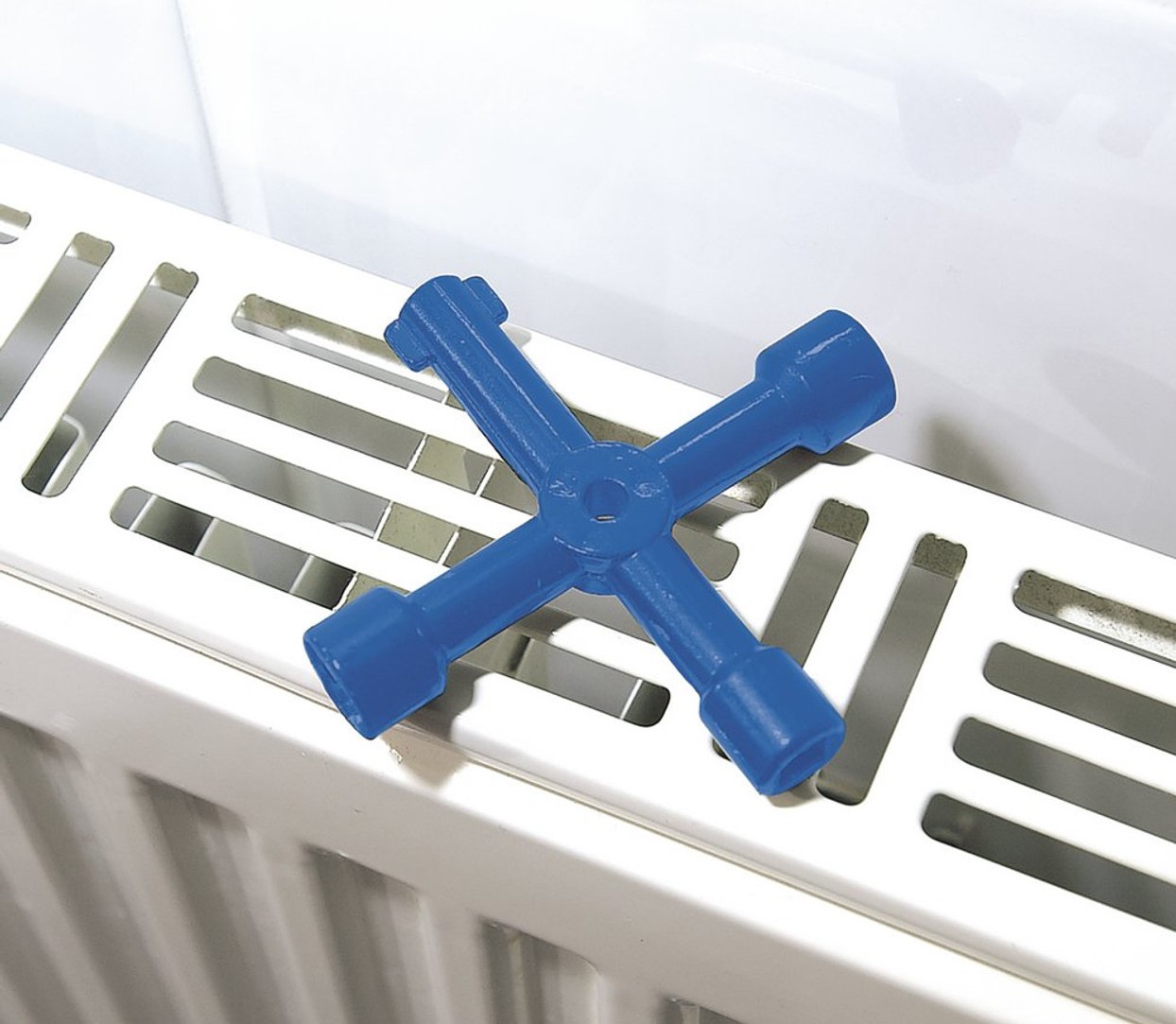A guide to bleeding radiators for energy efficiency
10th Oct 2022

We’re all trying our best to save energy right now – but sometimes putting the heating on is unavoidable when the temperature really starts to drop. Did you know that bleeding your radiator could make it more energy efficient, helping you save money on energy bills?
If your radiator’s got cold spots, makes odd noises (like a gurgle sound) or isn’t completely heating up as it should – it’s definitely time to bleed it. Here’s a few simple tips to help you bleed a radiator to increase its energy efficiency.
What is bleeding a radiator?
When you bleed a radiator you release air that has become trapped inside. Getting rid of these trapped air bubbles will allow hot water to properly circulate through your radiator once more.
Why bleed a radiator?
Once you’ve bled your radiator it will be much quicker to heat up and will warm up a room up far more efficiently.
How to bleed a radiator
It’s a quick and simple process to bleed your radiator.
You’ll need a radiator
key, Draper Tools offers a few options here. Try our pack of two
zinc radiator keys or for a more comprehensive solution check out the 4
Way Service Utility Key which is suitable for use with gas, electric and water
meter cabinets. Some people also use a flat blade screwdriver.
Firstly you need to build up pressure in your radiators by turning them on and allowing them to heat up fully, so you can check if you need to bleed them. Cold spots, especially at the top of the radiator are sure sign you’ve got trapped air and need to bleed the radiator.
Switch off the heating and allow the radiators to cool before you bleed them. You may want to protect your floors with an old towel. Get an old cloth, jug or other container to hold under the radiator valve and insert the radiator key.
Turn the radiator key (or screwdriver) gently in an anti-clockwise direction, you’ll probably soon hear a hissing sound – this is the air escaping. Once all the air has escaped, water will start to come out. This is your cue to quickly turn the radiator key to the right to re-tighten the valve.
Be aware that sealed central heating systems, like combi boilers, need to be re-pressurised after bleeding radiators. This is done with a lever or valve located near the water supply to the boiler.
You can repeat the process on each radiator that needs bleeding. To check you’ve been successful, turn on the heating again and check for any cold spots on your radiators.
You may find your radiators may need to be drained and flushed (this is not the same as bleeding) – ideally you want to call professional in for this if that’s the case.
Keep warm
We hope you’re all able to stay warm this autumn and winter. If you’re on the look out an energy efficient heater, check our range of PTC heaters here – they can really boost the warmth in any room.